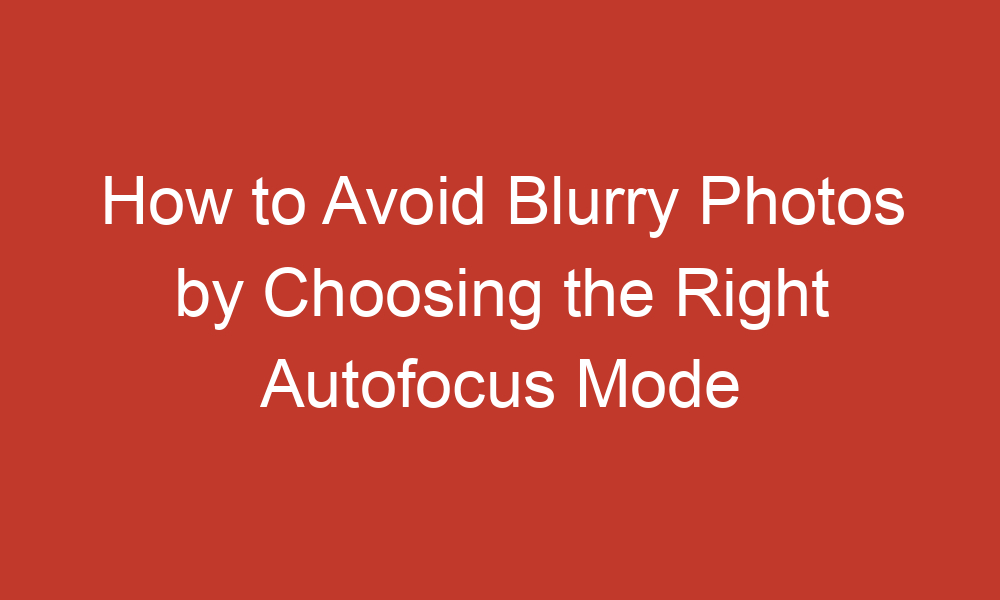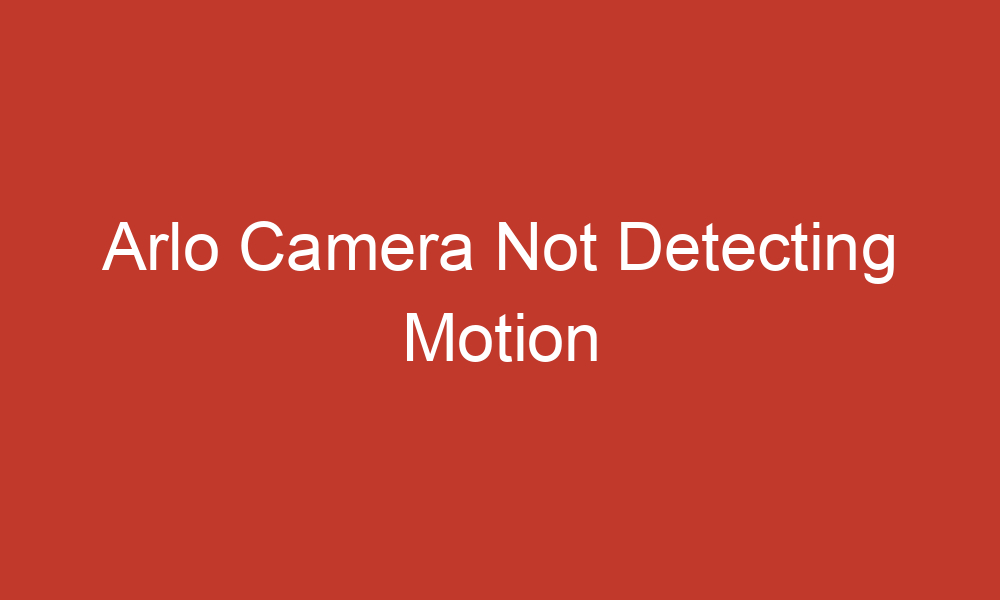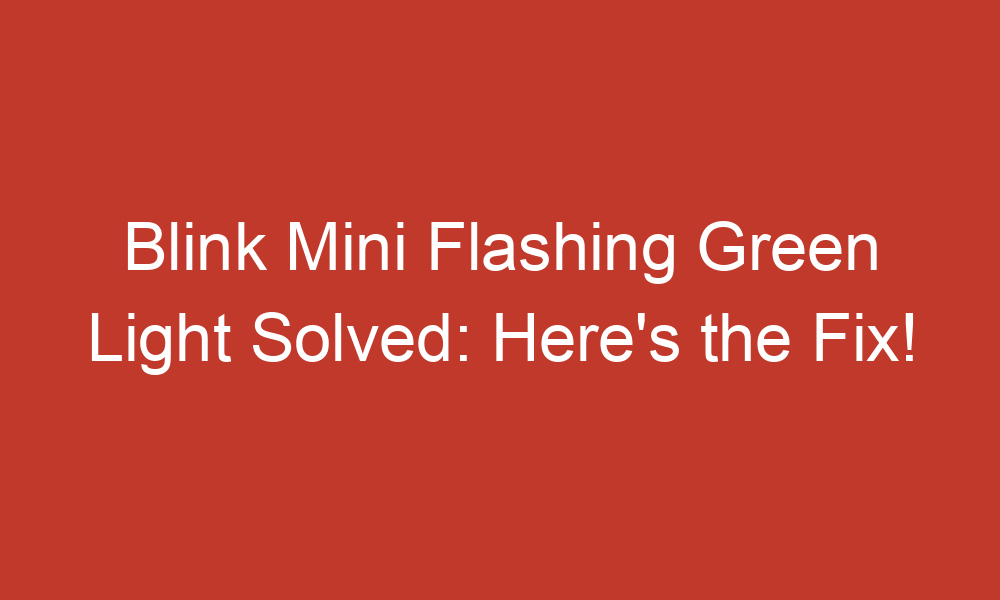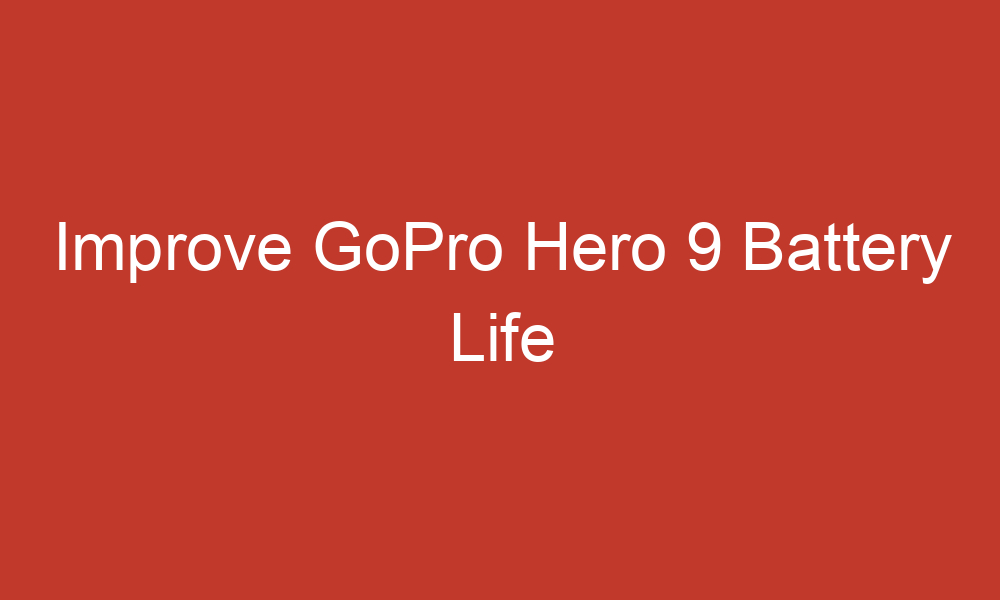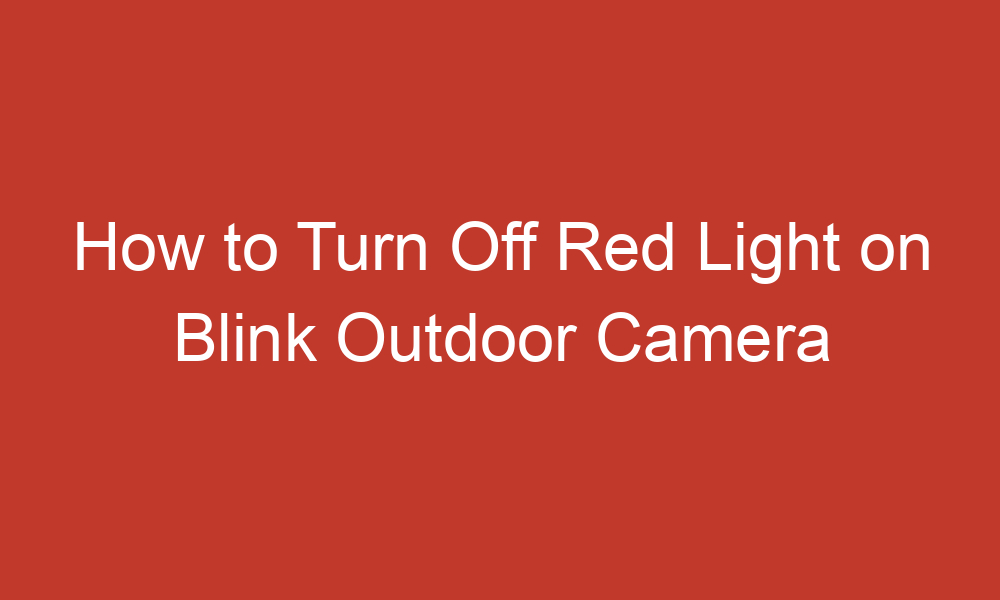Explore. Capture. Create.


Popular Categories
Feel Free To Browse Through.
How to Avoid Blurry Photos by Choosing the Right Autofocus Mode
As a photographer, there’s nothing more frustrating than taking a photo only to find out that…
Why Does My Wyze Camera Keep Going Offline? Troubleshooting
Wyze cameras are popular for their affordability and features, but it can be frustrating when they…
Tips for Great Low Angle Shots: A Complete Guide
Low-angle shots can add a unique perspective to your images and help you create stunning and…
How To Run Security Camera Wires Through Walls
Installing a security camera is an enjoyable DIY process; running a security camera cable through walls…
Arlo Camera Not Detecting Motion: Troubleshooting
If you own an Arlo camera and find yourself facing the frustrating issue of your device…
Blink Mini Flashing Green Light Solved: Here’s the Fix!
If you own a Blink Mini camera and notice a flashing green light, you might be…
How to Select the Best Landscape Lens for Nikon?
Landscape photography is a popular genre that requires a specific set of skills and equipment. One…
11 Tips to Improve GoPro Hero 9 Battery Life
GoPro Hero 9 is one of the best action cameras available in the market today. It…
How to Turn Off Red Light on Blink Outdoor Camera
Blink Outdoor cameras are equipped with a red light that serves as a visual indicator of…

